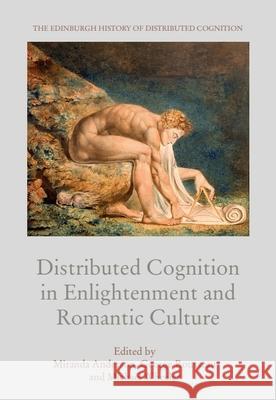Distributed Cognition in Enlightenment and Romantic Culture » książka
topmenu
Distributed Cognition in Enlightenment and Romantic Culture
ISBN-13: 9781474442282 / Angielski / Twarda / 2019 / 296 str.
Kategorie BISAC:
Wydawca:
Edinburgh University Press
Seria wydawnicza:
Język:
Angielski
ISBN-13:
9781474442282
Rok wydania:
2019
Ilość stron:
296
Waga:
0.65 kg
Wymiary:
24.38 x 17.02 x 2.03
Oprawa:
Twarda
Wolumenów:
01
Dodatkowe informacje:
Bibliografia
Wydanie ilustrowane
Wydanie ilustrowane











